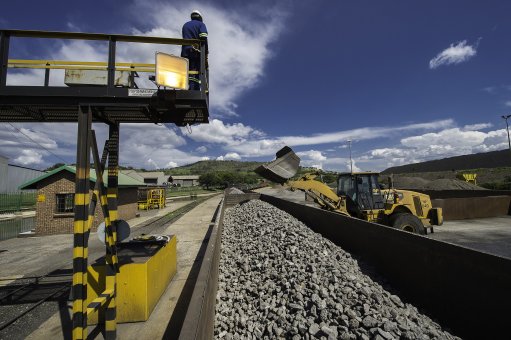
TIME TO CHANGE THE GAME From an enterprise and supplier development standpoint, mines can also make it so that the owners of the power generation facility or water recycling facilities are owned by black asset managers
The Investing in African Mining Indaba – which will take place virtually this year on February 2 and 3 – offers a unique opportunity for miners to educate themselves on combined funding structures for sustainable growth, says niche capital firm Uzenzele Holdings executive director Nadia Rawjee.
South African miners looking to scale up and create sustainable projects post Covid-19 need to consider combined funding structures, she adds.
“When it comes to funding options, many advisory firms and the miners themselves do not fully understand combined funding structures or how to successfully implement them.
“Combined funding structures pull together the necessities of broad-based black economic empowerment (BBBEE), traditional funding channels and incentives through the Department of Trade, Industry and Competition (DTIC), such as the Critical Infrastructure Program (CIP), which is aimed at driving industrialisation and job creation.”
She explains that the CIP is one of the most underused incentives, which is “strange” considering the opportunity it affords miners, namely, raising up to R50-million for infrastructure.
For miners to access the funds, some BBBEE requirements would need to be met including making power and water contributions to the neighbouring communities.
“Let’s say you are generating X amount of megawatts for your facility, you would then also need to provide a percentage of that energy back into the surrounding communities,” she elaborates.
From an enterprise and supplier development standpoint, mines can also make it so that the power generation or water recycling facilities are owned by black asset managers.
“The confusion comes largely from businesses being unclear about how the government operates and which government entities offer what funding,” notes Uzenzele strategic incentive executive Lehlohonolo Makhosi.
Further, as the industry prepares for the 2021 virtual Investing in African Mining Indaba, Rawjee hopes to see a renewed focus on mining coming out of Covid-19.
“Mining has always been a primary driver of our economy, so what are the investment opportunities the mining sector is willing to facilitate in the country?”
Expanding and looking at how, in the last year, 1.5 GW of energy projects were identified in the mining sector alone, Rawjee expects to see commitment from the public sector and regulators to get approvals fast-tracked.
“We want awareness around the potential for miners to leverage different sources of capital, such as access to finance through the CIP, and, in so doing, address various needs, such as advancing BBBEE” she adds.
Rawjee encourages miners to apply early enough to strengthen the industry’s resilience so as to rebuild and drive sustainable growth through the right financing mix.
She anticipates the biggest challenge facing miners looking to self-generate will be around approvals taking longer than expected, but states that combined structure finance solutions will offer real opportunities going forward.